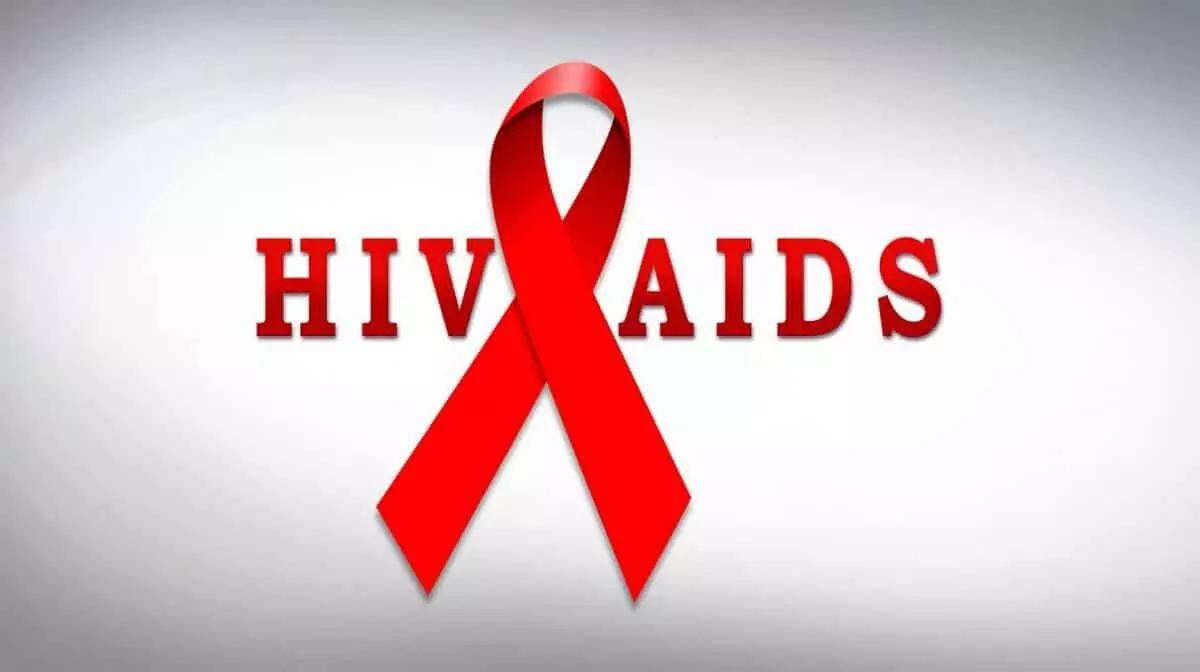- Home
- /
- Features/Spotlight
- /
- Advancing HIV...
Advancing HIV prevention from mother to child in Nigeria

Ms. Julian Yohanna, a 23-year-old resident of Bazango Community, Kubwa, in the Federal Capital Territory (FCT), Abuja, said she knew she was living with HIV when it was almost nine months into her pregnancy.
Yohanna said during one of her antenatal visits, the doctor on duty inquired about her sexual history. Her pregnancy was the result of rape. She was serially raped by her abductors on her way back to the FCT from Kaduna.
However, what she didn't know is that her rapists not only impregnated her but also infected her with HIV.
"As I was preparing to give birth, a medical student who came to observe my case was telling me about the prevention of mother-to-child transmission of HIV (PMTCT) and asked if I felt guilty because I was HIV-positive.
"I told him that I did feel guilty." My diagnosis was very strange to me. I did not know what to say or how to react.
"`I wanted an abortion, but it was too late. My mother was also against it because of our religion."
"So, my son was born HIV positive. "I gave in to fear and despair," she said.
For every Yohanna out there in Nigeria, there are thousands of others who have refused to go public with their status and the fate of their HIV-positive child or children.
According to UNAIDS, Nigeria contributes 15 percent of the global new pediatric HIV infections and about 30 percent of all cases of mother-to-child transmission (MTCT) of HIV.
In Nigeria, an estimated 33 percent of pregnant women receive antenatal care in non-conventional settings such as traditional birth attendant's homes, mission homes, and maternity homes where HIV testing services are not available or optimized.
The country is still battling to eliminate the high prevalence of HIV among pregnant women, in spite of the progress it has made in closing the HIV treatment gap.
Over the last two years, Nigeria has treated over one million new cases.
Currently, there are about 1.9 million Nigerians on sustained antiretroviral therapy, which corresponds with about 99 percent treatment coverage for the general population.
However, the pediatric and pregnant women subpopulations continue to lag, with 34 per cent and 71 per cent treatment coverage, respectively, according to Dr Ogunsola Okunlola, Associate Director, Head- Prevention and Community Services, APIN, Public Health Initiatives.
There are also roughly 8.5 million annual pregnancies in the country, with only 5.7 million of them receiving antenatal care.
Furthermore, out of the estimated 99,000 pregnant and breastfeeding women projected to require antiretroviral therapy annually, over 28,000 are yet to be diagnosed and linked to treatment.
Okunlola said that only 2,618 health facilities out of 34,830 were currently supported to offer PMTCT services in the country.
"These missed opportunities contribute to the challenges of closing the PMTCT gap."
"Data has shown that vertical transmission of HIV is the primary route of infection among children and is almost completely preventable through PMTCT."
"Elimination of the MTCT of HIV (eMTCT) is one of the milestones to ending the HIV/AIDS epidemic as a public health threat by 2030," he said.
He said to improve access to PMTCT services, there was a need for the government at all levels to eliminate the user fee for antenatal and delivery services.
He also said that the expansion of the insurance scheme to cover the poorest of the poor should be a step in the right direction.
According to the World Health Organization (WHO), high-burden HIV countries are those nations with more than 2 percent of their pregnant women living with the virus.
Nigeria is yet to achieve "silver tier" status, which moves a country closer to eliminating MTC HIV transmission.
WHO awards the silver tier certification to countries that have brought the MTCT rate to less than five percent and provided antenatal care and antiretroviral treatment to more than 90 percent of pregnant women.
Such a country is also required to have achieved an HIV positive rate of fewer than 500 per 100,000 live births.
Some countries, including Armenia, Belarus, Cuba, Thailand, Malaysia, and the Caribbean, have reduced MTCT to zero as a consequence of well-coordinated integrated services such as antenatal care, immunization, pediatric care, community HIV healthcare, and surveillance programs, say Elasma Milanzi and her team of researchers.
Milanzi is with the Centre for Epidemiology and Biostatistics, Melbourne School of Population and Global Health, The University of Melbourne, Carlton, Victoria, Australia.
The UNAIDS Country Director, Dr. Leo Zekeng, said that Thailand's concerted response allowed the country to successfully address the four prongs of the recommended WHO elimination strategy.
"As a result, MTCT rates were reduced from 20–40 percent in the mid-1990s to 1.9 percent in 2015, surpassing the WHO elimination target of 2 percent.
"The WHO strategy focuses on the primary prevention of HIV in women of childbearing age and the prevention of unintended pregnancies in women living with HIV."
"It also focuses on the prevention of HIV transmission from an HIV-infected woman to her infant; and the provision of appropriate treatment, care, and support to women and children living with HIV," he said.
According to him, counseling services at antenatal clinics also promote the use of contraception to prevent unintended pregnancy in women living with HIV.
"Since children are the country's future, how the country responds to their problems indicates how highly the country values its future," he said.
Late antiretroviral therapy initiation for providing PMTCT remained the most important risk factors to explain MTCT in the era of universal access health coverage say Eric Remera and a group of researchers in report published in BMC Pregnancy & Childbirth.
They said it was important, therefore, to improve early attendance at antenatal care and early ART initiation for women.
Educating women about HIV transmission methods and HIV prevention and control strategies remains one of the most vital tools in preventing mother-to-child transmission of HIV in Nigeria.



